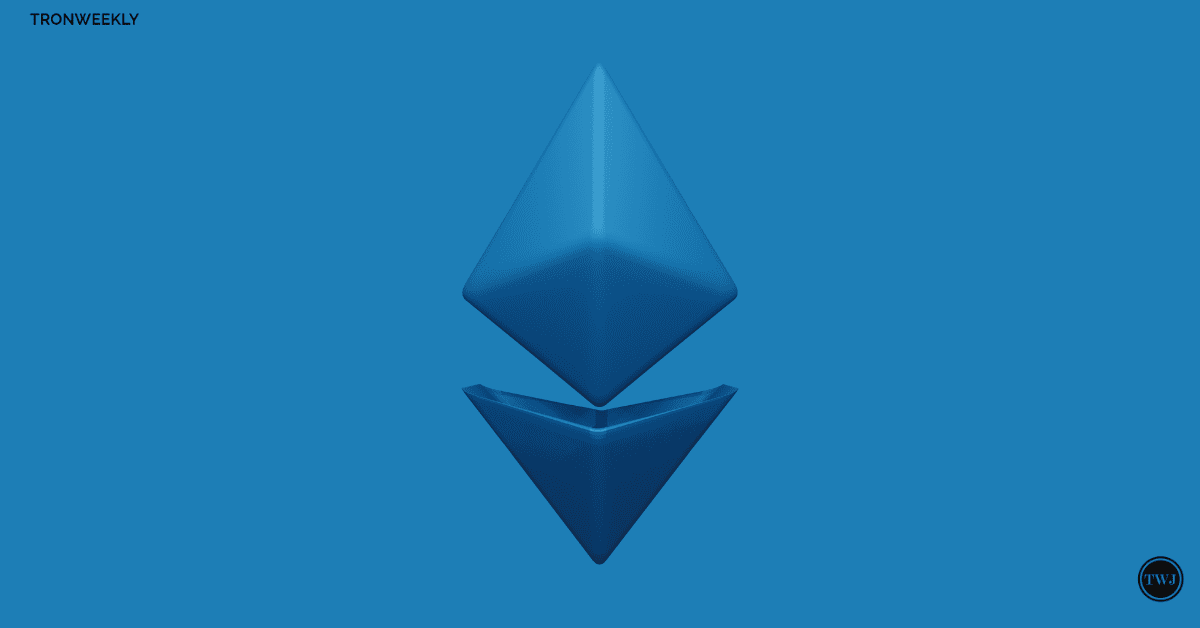The Ethereum Layer-2 landscape is witnessing heightened competition as Kraken, one of the leading cryptocurrency exchanges, steps into the arena, aiming to rival Coinbase by launching its own Layer-2 network. Recent reports indicate that Kraken is in discussions with prominent Layer-2 pioneers such as Polygon, Matter Labs, and the Nil Foundation to explore collaboration opportunities and potentially leverage their technology as the foundation for its new network.
Despite the significant implications of this potential move, the discussions have not been publicly disclosed, and the details remain sparse. While Kraken representatives acknowledged their involvement, they refrained from sharing specific information about the initiative. They emphasized that the objective is to identify and address emerging challenges and opportunities within the industry without naming any specific parties involved in the talks.
Kraken, the second-largest trading platform in the crypto sphere, has recently taken strides to expand its influence and adaptability in the blockchain space. This initiative to develop its native Layer-2 network showcases Kraken’s resilience and determination, even in the face of past challenges such as legal battles and settlements, including a substantial $30 million settlement with the SEC.
Simultaneously, the adoption of Ethereum Layer-2 solutions is on the rise. Data from Token Terminal indicates a significant increase in average active addresses over the past three months, exceeding 10 million, nearly doubling from early 2023.
Ethereum L-2 Surge
Analyzing the chart below, it becomes evident that Polygon, an Ethereum sidechain, holds the top position in terms of popularity among Layer-2 solutions. Additionally, other Layer-2 networks utilizing roll-up technology, such as Arbitrum and OP Mainnet, are gaining traction among users.

However, the market share of OP Mainnet has been gradually decreasing over time. Notable solutions like Base, supported by Coinbase, and StarkNet are also making strides, expanding their share of the market in the past three months.
In the cryptocurrency realm, active addresses represent the number of unique wallet addresses that have engaged with the blockchain by sending or receiving transactions within a specific timeframe. The fluctuation in active addresses serves as a valuable metric to gauge market sentiment and user adoption levels, especially during bear markets when activity trends can provide insights into market dynamics.

